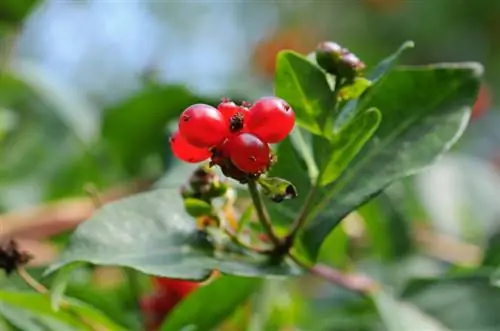- Author admin [email protected].
- Public 2023-12-16 16:46.
- Last modified 2025-01-23 11:20.
In view of the magnificent flowers of an amaryllis, the question of possible poison content is certainly appropriate. In Mother Nature's realm, floral opulence and worrying toxicity often go hand in hand. Read here whether this also applies to the Ritterstern.

Is amaryllis poisonous to humans?
The Amaryllis (Knight's Star) is poisonous to humans and contains toxic alkaloids in all parts, especially the he alth-threatening lycorine in high concentrations in the bulb. Poisoning leads to nausea, vomiting, dizziness and rapid heartbeat. Particular caution applies to children and pets.
Knightstar is poisonous to humans
Don't let the majestic funnel flowers fool you about the extreme poison content of an amaryllis. All parts of a knight's star contain toxic alkaloids. The he alth-threatening lycorine is explicitly found in high concentrations in the onion. If only a few grams of it are consumed, severe symptoms of poisoning will result. Those affected suffer from these symptoms:
- Massive nausea and vomiting
- Acute dizziness followed by palpitations
- Profuse sweats
You should refrain from cultivating amaryllis within the reach of children. In addition, the plant is classified as poisonous to animals, meaning that cats, dogs, guinea pigs and other pets are at great risk of death if consumed.






